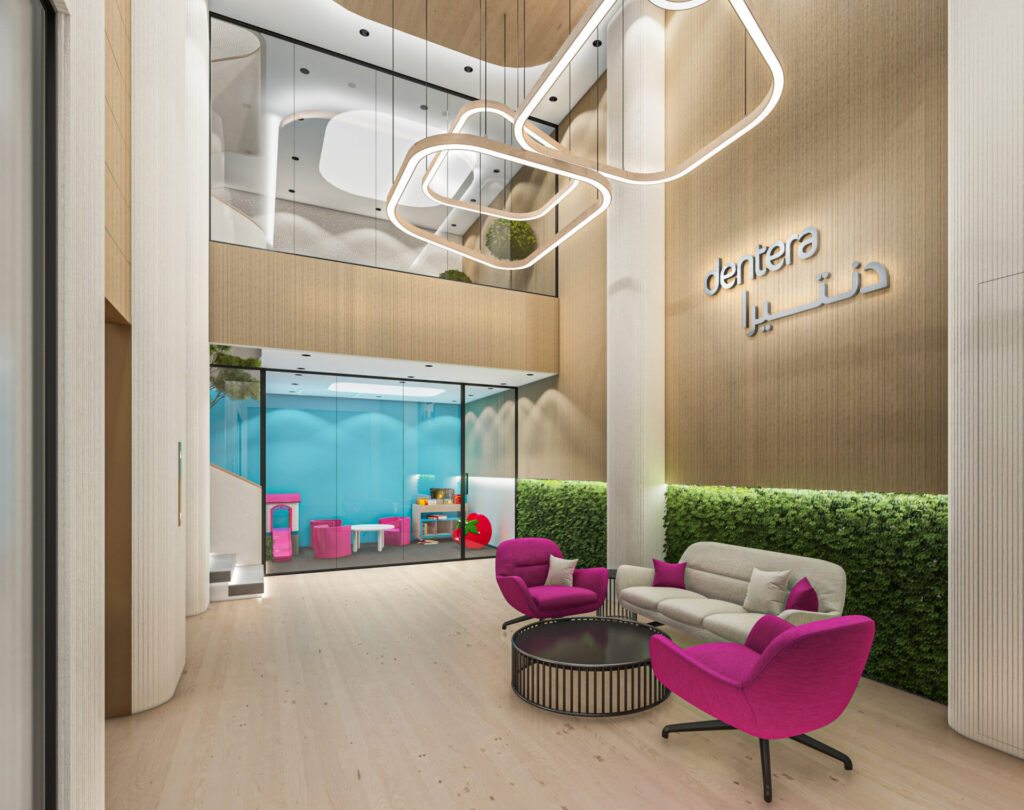As we move into 2025, interior design is evolving with new aesthetics, sustainable solutions, and innovative materials. The interior design trends 2025 focus on balancing functionality with artistic expression, creating spaces that are both practical and visually stunning. Whether you’re revamping your home, retail space, or office, staying ahead of these trends will ensure a modern and stylish environment.

Top 6 Interior Design Trends 2025
The world of interior design trends 2025 is all about innovation, sustainability, and personalization. This year, designs are shifting towards nature-inspired aesthetics, smart technology, and bold artistic expressions. Whether you’re designing a home, a retail store, or a commercial space, these trends will help you create stylish, functional, and future-ready interiors.
1. Nature-Inspired Design
Biophilic design continues to shape interiors, bringing nature indoors with organic materials, natural light, and greenery. Elements like wooden textures, stone finishes, and earthy color palettes create a soothing and inviting atmosphere. This trend is particularly popular in residential interior design, where homeowners seek a connection to nature within urban spaces.
2. Smart and Sustainable Interiors
Technology and sustainability go hand in hand in Interior Design Trends 2025. From energy-efficient lighting to AI-powered home automation, smart homes are becoming the standard. In retail interior design Dubai, brands are integrating eco-friendly materials and smart displays to enhance customer experience while minimizing environmental impact.
Also Read: color psychology for interior design
3. Maximalism Returns
After years of minimalism dominating the scene, interior trends 2025 see a bold shift towards maximalism. Vibrant colors, statement furniture, and eclectic patterns make a comeback, allowing personal expression to shine. This trend is ideal for commercial interior design Dubai, where businesses aim to create memorable and unique brand identities.
4. Multifunctional Spaces
With the rise of remote work and flexible living, interiors are becoming more adaptable. Convertible furniture, movable partitions, and modular designs cater to dynamic lifestyles. This concept is gaining traction in both residential interior design and office spaces, ensuring efficiency without compromising aesthetics.
Also Read: commercial design trends
5. Texture-Rich Materials
Tactile experiences are crucial in 2025’s interiors. Velvet, boucle, and textured wall panels add depth and luxury to spaces. Whether in a retail interior design Dubai project or a modern home, these materials elevate the sensory appeal of any setting.
6. Timeless Neutral Tones with Pops of Color
Neutral color schemes remain a staple, but with strategic bursts of bold hues. Expect to see warm beiges, soft grays, and off-whites complemented by rich jewel tones like emerald green and deep blue. This balance ensures longevity in design while allowing creative accents to stand out.
Also Read: Luxury Interior Design Trends
Elevate Your Space with 4SPACE
As an innovative interior design company in Dubai, 4SPACE brings these interior design trends to life with tailored solutions for homes, retail, and commercial projects. Whether you’re looking for a sustainable home makeover or a high-end commercial space, our expert designers craft visionary interiors that redefine elegance and functionality.
Ready to transform your space? Contact 4SPACE today and stay ahead of the interior design trends 2025!
FAQ
What are the biggest design influences this year?
This year, interiors are all about a mix of sustainability, smart technology, and bold aesthetics. Natural materials, earthy tones, and multifunctional furniture are redefining modern living spaces.
How is sustainability shaping home décor?
Eco-friendly choices are at the heart of contemporary design, with recycled materials, energy-efficient lighting, and biophilic elements becoming essentials. Designers are focusing on reducing waste while maintaining style and comfort.
What colors are trending in home interiors?
Rich, moody tones like deep greens, wine reds, and charcoal grays are making a statement, balanced by warm neutrals like beige and soft white. These palettes add depth and sophistication to any space.
What role does technology play in modern interiors?
Homes are getting smarter with automated lighting, AI-powered assistants, and energy-efficient solutions. Seamless integration of tech enhances both convenience and functionality without compromising on aesthetics.
How can I refresh my space with the latest trends?
Start with small updates like textured walls, statement furniture, or unique lighting fixtures. Layering different materials and experimenting with contrasting colors can instantly modernize your home while keeping it stylish and inviting.